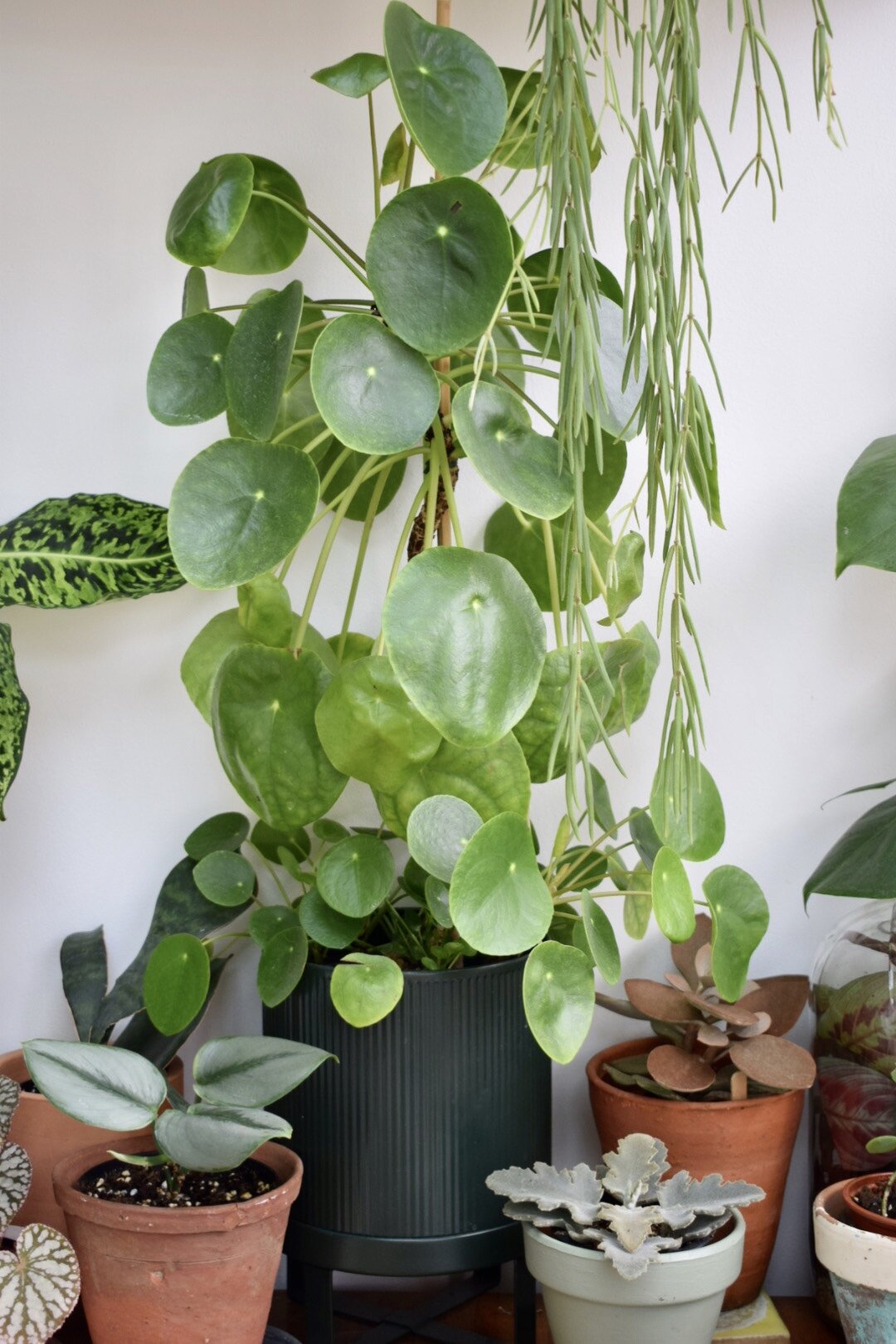The Money plant: A Comprehensive Guide
The Money Plant, a captivating vine with heart-shaped leaves, is more than just an attractive houseplant. Revered in various cultures for its beauty and symbolic significance, it has earned a place in homes and offices worldwide. This article delves into the fascinating world of the Money Plant, exploring its origins, varieties, care requirements, and cultural significance.
Botanical Background
The Money Plant, scientifically known as Epipremnum aureum, is a tropical evergreen vine native to the Solomon Islands. It belongs to the Araceae family, which also includes popular houseplants like the Peace Lily and Philodendron.

Popular Varieties
The Money Plant encompasses a diverse range of cultivars, each boasting unique leaf patterns and colors:
Golden Pothos: This classic variety features vibrant green leaves splashed with golden yellow variegation.

Caring for Your Money Plant
The Money Plant is renowned for its easygoing nature and adaptability, making it an ideal choice for both novice and experienced plant enthusiasts. Here’s a guide to ensuring your Money Plant thrives:
Money Plants thrive in bright, indirect light.
Water your Money Plant thoroughly when the top inch of soil feels dry to the touch.
Use a well-draining potting mix.
Money Plants prefer warm temperatures between 65-80°F (18-27°C).
Fertilize your Money Plant during the growing season (spring and summer) with a balanced liquid fertilizer diluted to half strength.
Money Plants are easily propagated from stem cuttings.
Yellowing leaves: Can be caused by overwatering, underwatering, or nutrient deficiencies.
The Money Plant in Feng Shui
In Feng Shui, the Money Plant is believed to attract wealth, prosperity, and good fortune. Its heart-shaped leaves symbolize love and harmony.
Placement: According to Feng Shui principles, the Money Plant should be placed in the southeast corner of a room, which is associated with wealth and abundance.
The Money Plant in Other Cultures
The Money Plant holds cultural significance in various traditions:
India: It is often gifted during housewarming ceremonies and considered a symbol of good luck and prosperity.
Beyond Decoration: Air Purification
Beyond its aesthetic appeal and symbolic significance, the Money Plant offers a practical benefit: air purification.
NASA Clean Air Study: The Money Plant was included in NASA’s Clean Air Study, which identified plants effective at removing harmful pollutants from indoor air.
Conclusion
The Money Plant, with its captivating beauty, easy care requirements, and cultural significance, is a valuable addition to any home or office. Whether you admire its lush foliage, appreciate its air-purifying qualities, or embrace its symbolic associations, the Money Plant is sure to bring a touch of elegance and positivity to your surroundings.
This comprehensive guide provides a wealth of information on the Money Plant, from its botanical characteristics and care requirements to its cultural significance and air-purifying benefits. Whether you are a seasoned plant enthusiast or simply seeking to add a touch of greenery to your living space, the Money Plant is an excellent choice.


